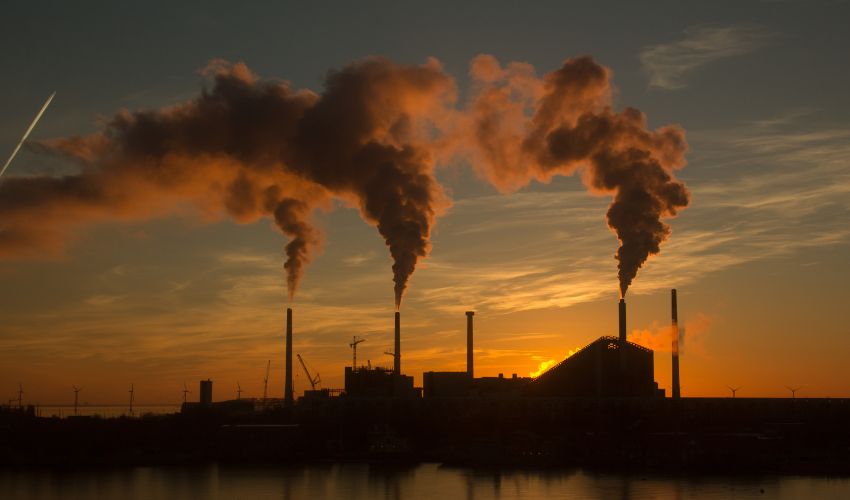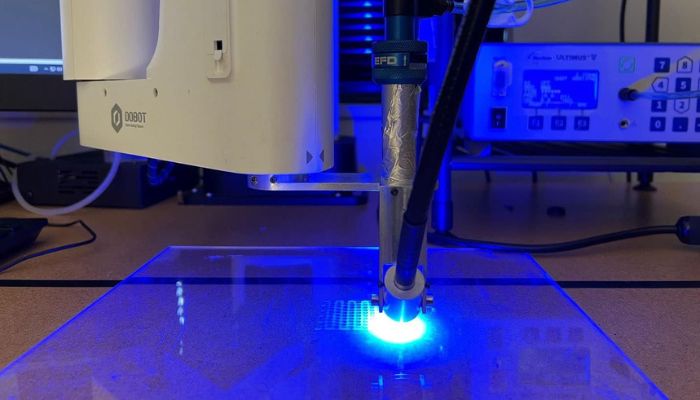3D Printing Has Been Used to Make Carbon Dioxide Capture Filters

One of the greatest challenges facing humanity in our times is no doubt climate change. Driven by excessive carbon dioxide (CO2) in the atmosphere which is causing a greenhouse effect and heating the planet, the solution to this global warming is not necessarily clear though many scientists are tackling the problem. However, according to a new study from the North Carolina State University, additive manufacturing could play a role. Researchers have shown that it is possible to make carbon dioxide capture filters using 3D printing.
As mentioned, global warming is a direct result of excess carbon dioxide being released in the atmosphere as a result of industrial processes and especially oil usage. Indeed, an annual report from the National Oceanic and Atmospheric Administration (NOAA)’s Global Monitoring Lab, the global average atmospheric carbon dioxide was 417.06 parts per million in 2022, a new record and an over 50% increase from pre-industrial levels. Not to mention, due to carbon dioxide absorption in oceans, there has been seen a 30% increase in acidity. But the problems are hard to address. Though ideally we would stop the usage of like fossil fuels which contribute to the problem, many fear it would disrupt our way of life. Thus, ways to actually capture and store the carbon already present in the atmosphere are actively been sought.

The making of the carbon dioxide capture filters using 3D printing (photo credits: Sen Zhang and Jialong Shen, NC State)
And recently, NC State researchers demonstrated that it was possible to create carbon dioxide capture filters with 3D printing. Or more specifically, by 3D printing a special hydrogel material that is capable of holding carbonic anhydrase. This is important because this enzyme is able to speed a reaction that turns carbon dioxide and water into bicarbonate. Jialong Shen, an Assistant research professor of textile engineering, chemistry and science at NC State and the study’s lead author explained, “This manufacturing process, using 3D printing, makes everything faster and more precise. If you have access to a printer, and the raw materials, you can make this functional material. We formulated the hydrogel in a way that would be mechanically strong enough to be 3D printed, and also extruded into a continuous filament.”
3D Printing Carbon Dioxide Capture Filters
As mentioned, the researchers turned to 3D printing because it was a faster and more versatile method for creating the carbon dioxide filters. Specifically, they turned to a process that almost seems like a mixture between extrusion 3D printing and photopolymerization, similar to material jetting. This was done by creating a 3D printing “ink” out of two different organic compounds and carbonic anhydrase. They then were able to print thread-like filaments of the hydrogel on a two-dimensional grid while solidifying the solution with UV light. It was important to make a hydrogel that could not only be extruded in a continuous filament, but that would be strong enough to be 3D printing.
Overall, it seems that they have been successful. In fact, in a small-scale experiment, they were able to capture 24% of the carbon dioxide in a gas mixture according to a press release. Although this was lower than previous tests, this could be attributed to the fact that the filter was less than an inch in diameter. Furthermore, it is possible to make the filters larger and in different shapes to stack in a large column for an increase in capture efficiency. Moreover, testing of the filtration durability found that it retained 52% of its initial carbon capture performance after more than 1,000 hours.
The study’s co-corresponding author and associate professor of textile engineering, chemistry and science at NC State, Sonja Salmon, concludes: “This work is still early stage, but our findings suggest there are new ways to make materials for carbon capture devices. We’re offering hope for carbon capture.” You can find out more in the published study HERE.
*Cover Photo Credits: Image by wirestock on Freepik







Je suis intéressée par l’alliance technologie 3D et blockchain.
Le Digitaltwin